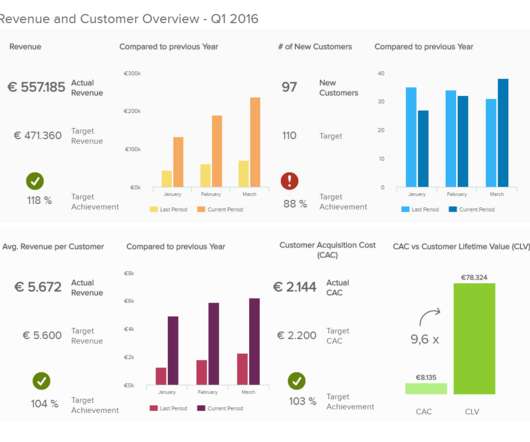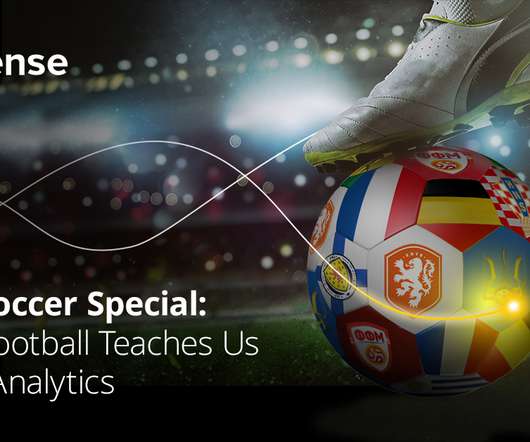NHL turns to venue metrics data to drive sustainability
CIO Business Intelligence
JANUARY 3, 2023
In October, the league, with partner SAP, launched NHL Venue Metrics, a sustainability platform that teams and their venue partners can use for data collection, validation, and reporting and insights. The most important thing about any sustainability platform is you cannot impact what you cannot measure,” Mitchell says.




























Let's personalize your content